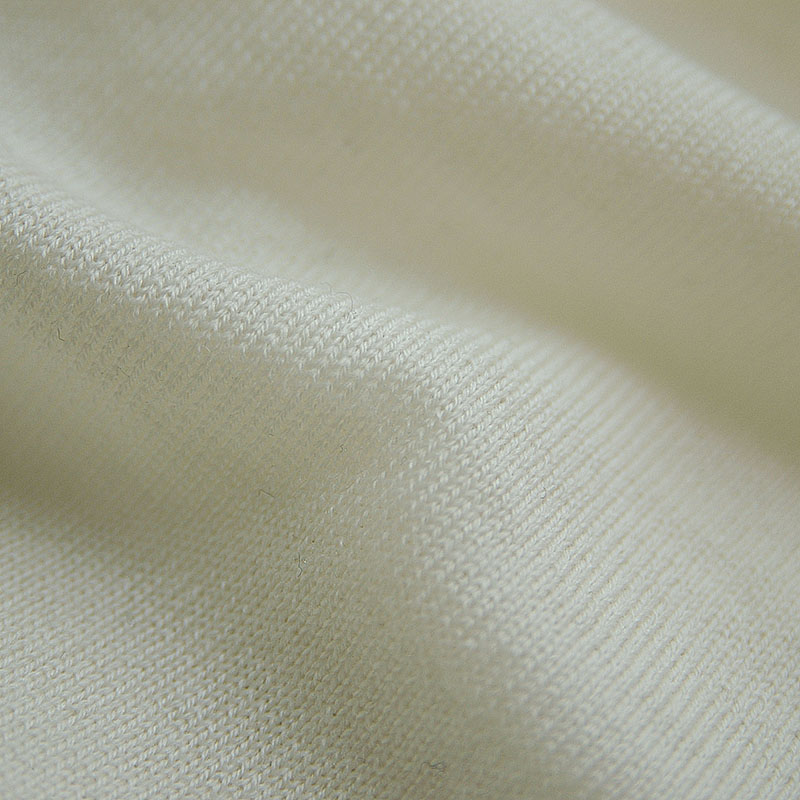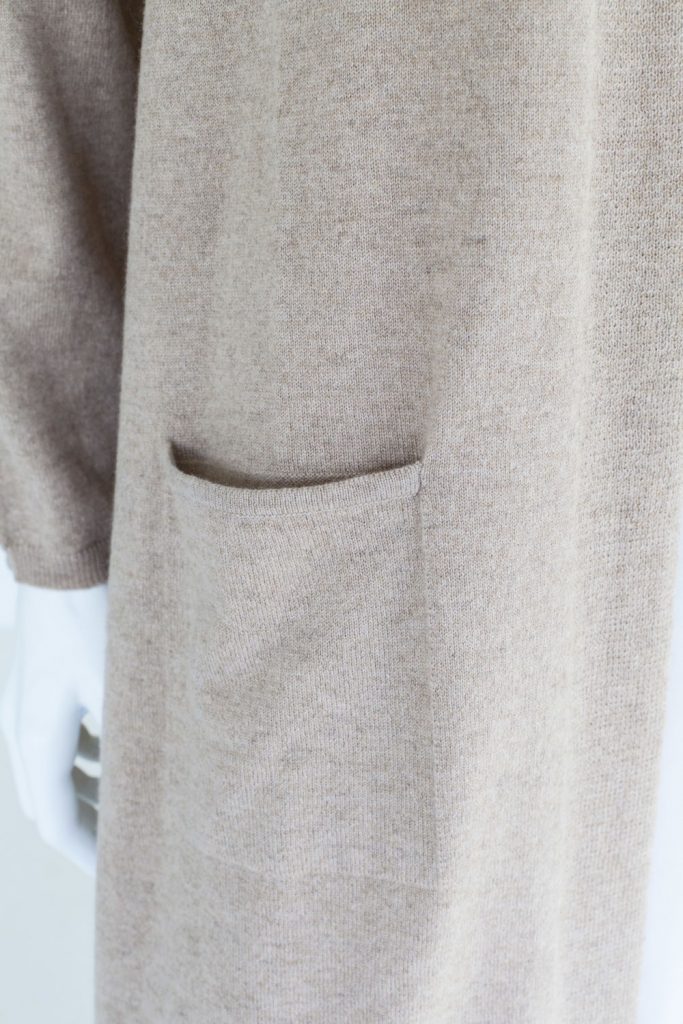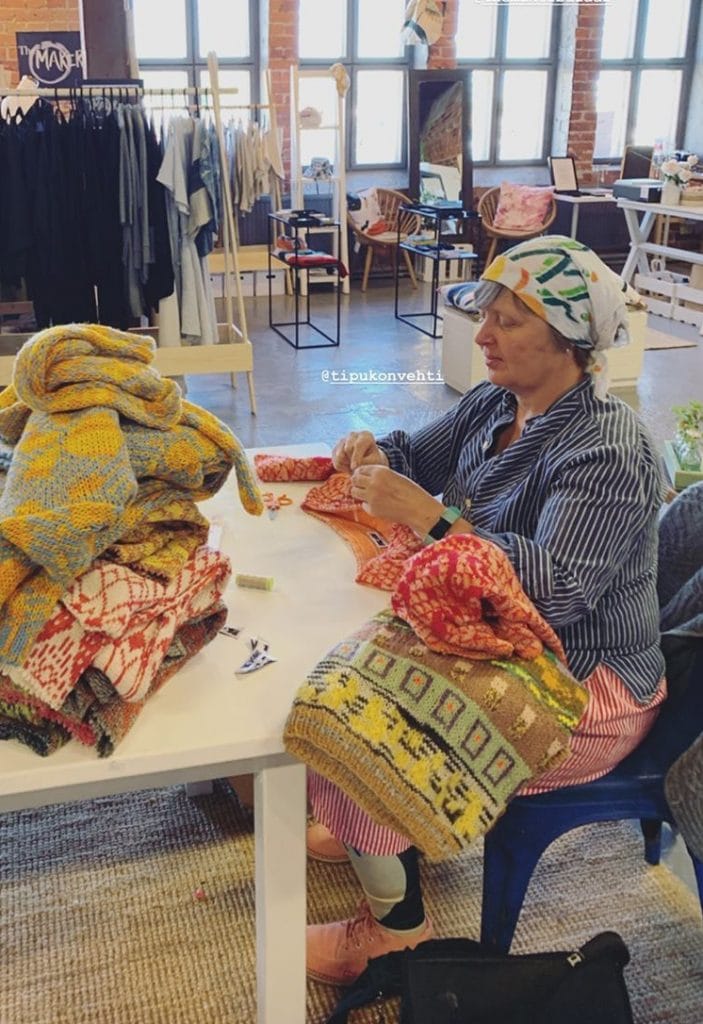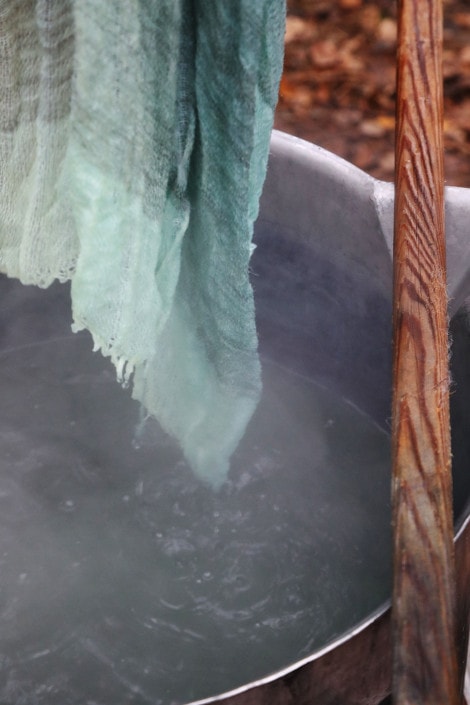The Ethics of Wool Production
One of the most common materials used in clothing sold by The Maker Bazaar during winter is wool. Since we at The Maker specialize in an ethical and sustainable production process, we have to consider the consequences of the production of each material. The production and utilisation of wool as an ethical material has been a controversial topic of conversation in recent years, especially among the vegan community. The main issue that comes across in the production of wool is the use of unethical procedures such as mulesing. The process of mulesing involves removing folds of skin from the sheep, a process often performed without any painkillers. This is done to prevent sheep from a parasitic condition in which sheep are infected by different species of flies. The procedure has been outlawed in most countries exporting large amounts of wool, but Australia, a country in which the procedure remains legal, continues to be one of the larger exporters of wool. The procedure of mulesing is most common in Australia, due to the dry climate, however it exists in rarer cases in countries around the world. Since much of mass produced wool used in clothing originates from such conditions, many have condemned the material as unethical. However, since consumers have become aware of the issue, mulesing free wool has become a more popular alternative. In terms of its sustainability, concerns have been raised about the environmental impacts of the production process. We will discuss these environmental impacts and the ethical alternatives to mass produced wool.
The process of wool production is an incredibly intricate process. Some of the minuscule details may often be lost in large scale production processes in factory settings, but are incorporated in a slower production process used by smaller, independent makers. In order to guarantee the high quality of the finished product, the wool goes through a series of stages starting from scouring. Once the fleece is sheared, the wool is initially cleaned in the scouring process. During this stage, the wool is washed in hot water, usually with a type of detergent. This step can be done using environmentally friendly detergents. A by-product of this step is a wax called lanolin, which is extracted from the wool as it is washed. Lanolin can be utilised in cosmetic products, commonly used by breastfeeding mothers to treat dry skin and irritation. In finnsheep wool production, lanolin is not removed. Lanolin makes the wool naturally dirt and water repellent. Following this, the fleece is carded and blow dried, opening up the fibres into a continuous length. The slivers of wool then go through the process of gilling, designed to further align the fibres.
The material is then combed through, leaving shorter fibres as well as contaminated pieces behind. Finally, the wool is ready to be drawn and spun. The spinning process can be carried out in various ways, depending on the desired type of yarn. Woollen yarns, for example, will often be spun on a mule spinning machine, whereas worsted yarns may be spun on a number of different spinning machines. Yarn is one of the most common raw materials used in the fashion industry, due to its multiple uses. Wool itself has been credited as a long-lasting and reliable material, due to its many properties. It is known to be hypoallergenic and biodegradable due to its relatively natural production process. It is also highly absorbent, fire retardant and repels moisture.
Due to its chemical structure, the wool fibres act as a spring when extended, allowing it to stretch and shrink back to its original size easily. These qualities make wool one of the most resilient, durable and sustainable materials. Special care of the material, such as the super wash treatment, can be performed to better some fabrics. In the super wash treatment the scales of each hair are treated in order to avoid the material from felting. The process is used to make the material machine-wash friendly, however removing other qualities such as the ability to repel water. The process is also known to include environmentally hazardous substances, as well as large amounts of water. Many customers prefer having the option of machine washing their woollen garments however.
estimates state that up to half of the wool produced in Finland is wasted
A significant issue in the wool production industry in Finland is the burning of leftover woollen materials. Because of a lack of buyers for finnsheep wool, numerous issues such as underpaid farmers, a lack of production resources and a poor reputation all result in much of the wool being wasted. Estimates state that up to half of the wool produced in Finland is wasted. One of the biggest issues is a belief that Finnish wool is coarser and more frail than merino wool. Smaller independent producers have however proven this to be false, as the quality of the wool that is produced with time and care is comparable to merino wool. Regardless, this belief has pushed many to choose to buy foreign-produced merino wool instead, resulting in lower demand for local wool and thus lower wages for the farmers. In domestic sheep, the wool must be removed regularly. Due to the expensive production, many farmers choose to throw the wool away or burn it, as it isn’t worth going through an extensive production process for a minimal profit.
It would therefore be valuable to consider the significance of supporting the ethical and sustainable production of wool. Other types of wool production are often dismissed, as many believe merino wool to be the softest type of wool and of a higher quality. Yet artisanal or smaller scale production of wool has been found to be qualitatively just as high, if not higher. Independent producers often credit this to the wellbeing of the sheep, as assuring that the sheep are healthy and well cared for is believed to produce a higher quality fleece. Wool is often overlooked as a renewable raw material, useful in many different industries in addition to fashion, such as interior design, textiles, the automotive and the aviation industries.
Due to the aforementioned issues, the argument for the ethical and sustainable use of wool is not so black and white. Knowledge of the issues that can arise from the production of wool is an important aspect in conscious consumerism. This can allow us to be aware of some of the key signs to look out for when buying products in order to avoid ethical and environmental problems in production. In most cases, the more environmentally friendly and ethical the brand is, the more transparent they make their production processes and the more they advertise them. Certain certifications such as the Global Organic Textile Standard (GOTS) certification are useful signs to look out for when researching the environmental impact of production.
The wool industry, as many other large-scale industries, is often criticised as a whole for the faults of mass producing farms and factories. Rather than completely rejecting the use of wool as a raw material, perhaps the rejection of mass production would be more relevant with regard to ethical and sustainable fashion. At The Maker Bazaar, we sell finnsheep wool products from suppliers have been working for years with shepherds and wool spinners to bring their own finnsheep breed’s wool into production. They process wool in small quantities to develop the best quality yarns for their wovens. In Finland sheeps can live a good life in small herds, enjoying the best care. The wool is processed into worsted special yarns by a small finnish spinneries. Although cruel and unethical wool production exists, this does not make the entire process of wool production unethical. It simply means that the conditions in which certain factories mass produce these items are often unethical. The production of wool can be performed under cruelty-free and ethical conditions, should the producer choose to do so. Consumers should therefore be aware of these conditions, as well as their environmental impact, in order to make more conscious decisions when purchasing woollen items.
rather than rejecting the use of wool as material, perhaps the rejection of mass production would be more relevant








